We made Japanese sweet chestnut paste and learned the hard way that it’s a labor of love
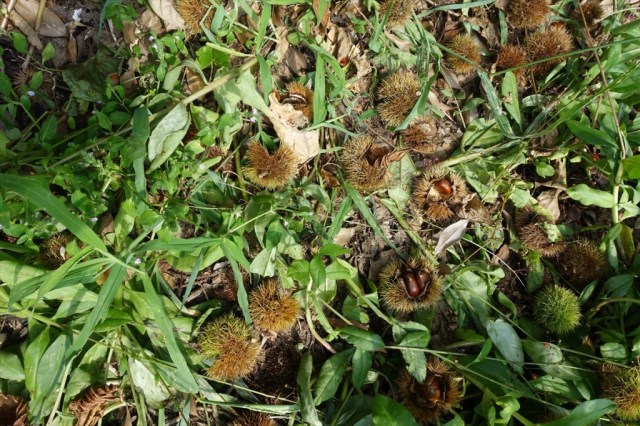
Some things are just worth buying instead of making.
In Japan, one of the major seasonal fall flavors is chestnut, or kuri in Japanese. Chestnut rice is a popular seasonal dish, and there are a ton of chestnut-based sweets like Mont Blanc cake and kuri kinton, or sweet chestnut paste. Kuri kinton is sweet, creamy, and melts in your mouth despite only consisting of chestnuts, a sweetener, and often sweet potato. The only downside of these tiny desserts is their cost, with one small treat often costing 300 yen (US$2.68).
That’s why, when our chestnut-loving Japanese-language reporter Haruka Takagi found some wild chestnuts on a walk, she thought, “Time for free dessert!” She gathered as many chestnuts as she could, paying attention to their thorns, and brought them home in hopes of cheating the kuri kinton system.
▼ The act of gathering ingredients for her dessert was a reward in and of itself.
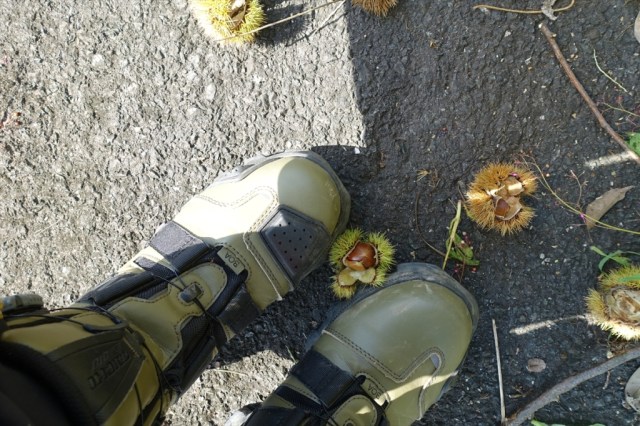
▼ And look how beautiful they are! Just watch out for the thorns.

Being a chestnut expert, Haruka knew a few things to look out for prior to diving into the sweets-making process. She’d heard stories of people finding bugs in the wild chestnuts they brought home. So, she sunk her loot in a bowl of water to see which ones float – floaters mean bugs.
▼ No extra protein in here!

The next step was to dry them out in the sun and then put them in the fridge…for a week. Yes, a whole week. Letting them sit supposedly makes them sweeter, and with such a rare opportunity to make one of her favorite desserts for free, Haruka decided it was worth the wait.
▼ Rest well, chestnut friends.
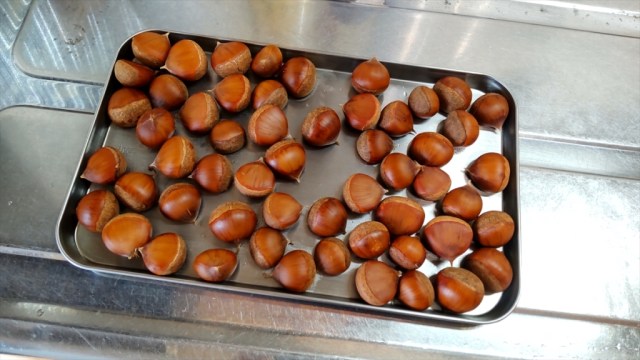
After a week was up, it was time to take the next step. She started by boiling the chestnuts in water for 40 minutes to make them perfectly soft and fluffy inside.
▼ It’s like a hot spring for chestnuts.
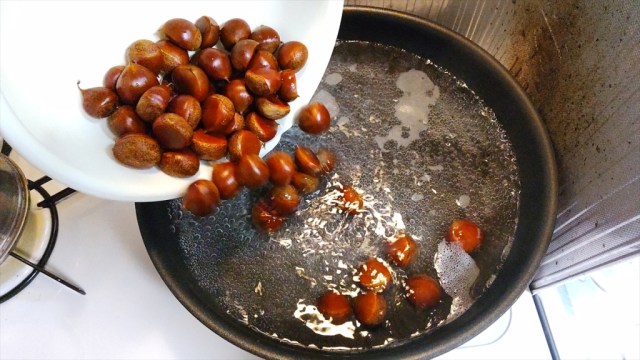
Then, she strained the water out and proceeded to cut each chestnut in half while it was still piping hot. If you’ve ever tried to shell chestnuts before, you’ll know how it’s virtually impossible to do this when they’re not pre-softened!
▼ Seriously, it’s like you can make armor out of chestnuts.
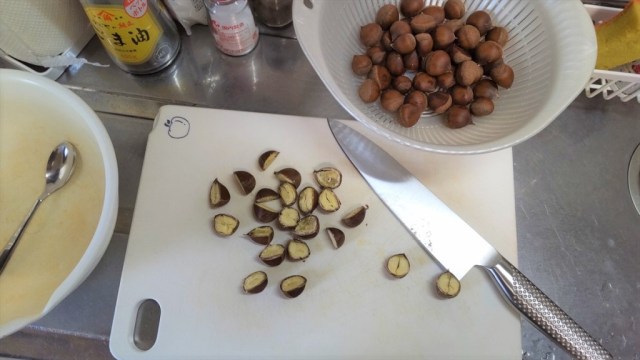
After cutting each chestnut, Haruka scooped out the flesh from inside and collected it in a bowl.
▼ It’s also easy to do it with your fingers.
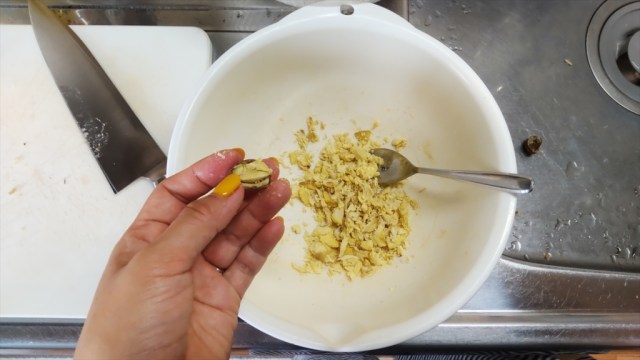
Then she cut another in half.
▼ And another.
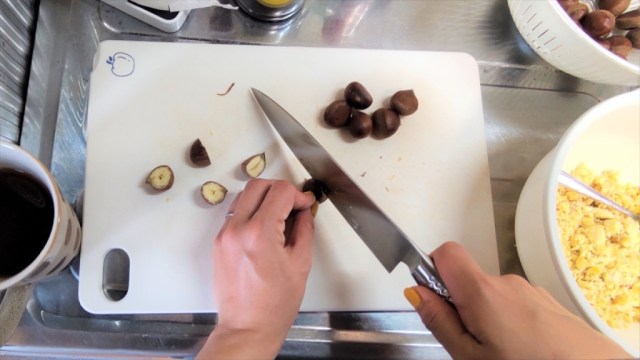
And scooped out the insides.
▼ And scooped out more insides.
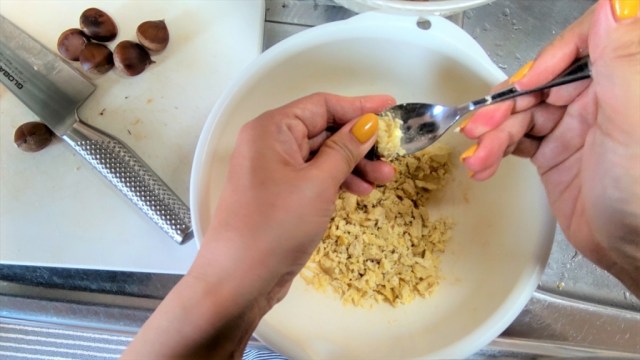
And then, well…you get it.
▼ “This is taking forever.”
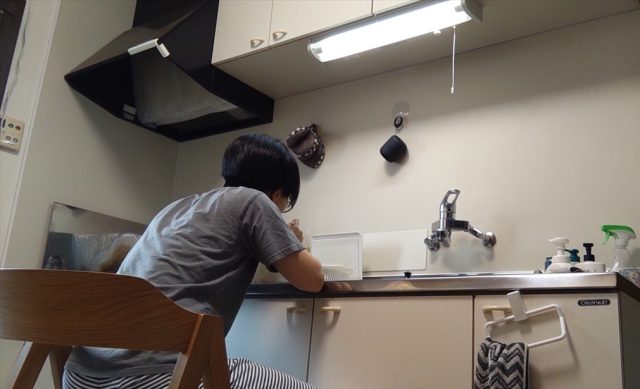
Haruka sat down partway through the process because her back started to hurt. After about an hour of chopping and scooping, all the chestnuts had been prepared.
Step four in the process was to create a paste-like texture by pulsing the chestnuts in a food processor.
▼ Finally, something that doesn’t involve arm muscles.
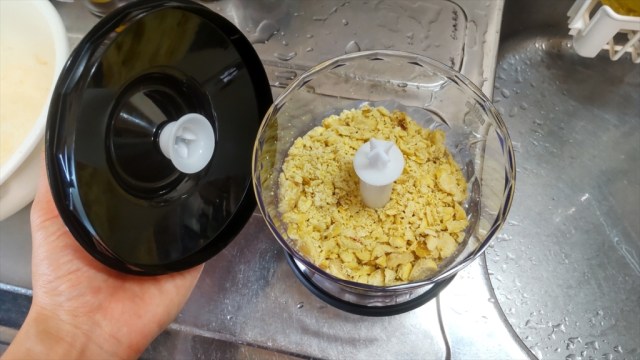
Then, she sweetened them with sugar. The standard ratio is to add 20 percent of the chestnut paste’s weight in sugar.
▼ Once the sugar was added, she mixed them thoroughly together.
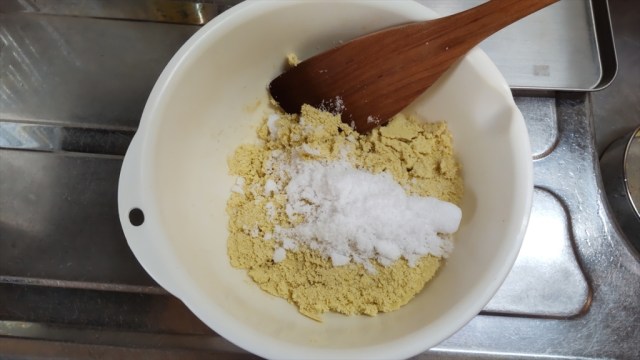
And just when she thought it would get easier, it came time to combine the ingredients. This involved using a wooden spoon or spatula to basically smash the paste against the sides of the mixing bowl until it created a solid mass.
▼ This also smooths out the texture.
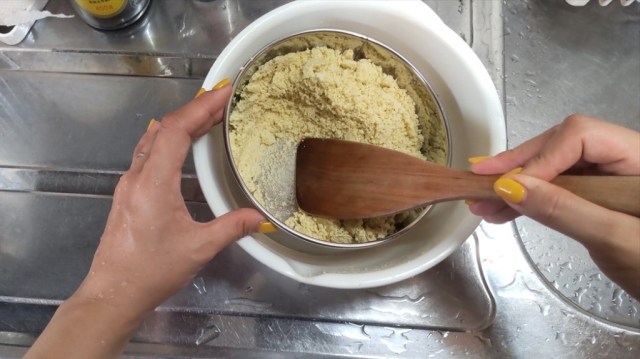
Haruka had already been at the kuri kinton-making process for well over an hour with no end in sight. The strength in her right arm was quickly waning. She was sweating. She didn’t even have the energy to take pictures anymore.
Finally, she had twelve balls of kuri kinton almost done. They look deceivingly easy to make – almost like cookie dough – right?
▼ Making cooking dough would only take a fraction of the time.
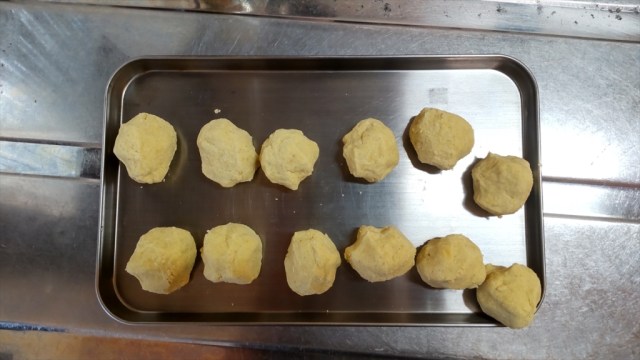
To finish it off and shape it to look like a chestnut, Haruka used a plastic bag to squeeze it into shape. And finally, they were done!
▼ It only took a week and some change.
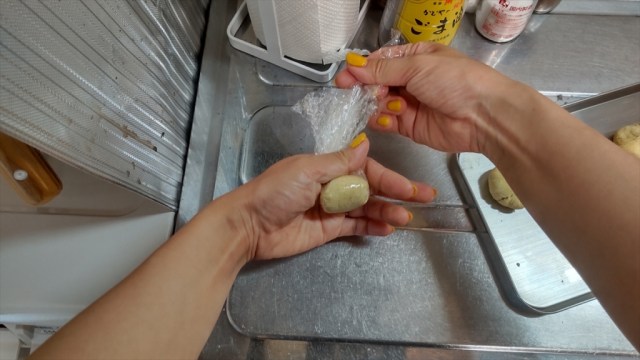
▼ And by “change”, we mean “hours”.
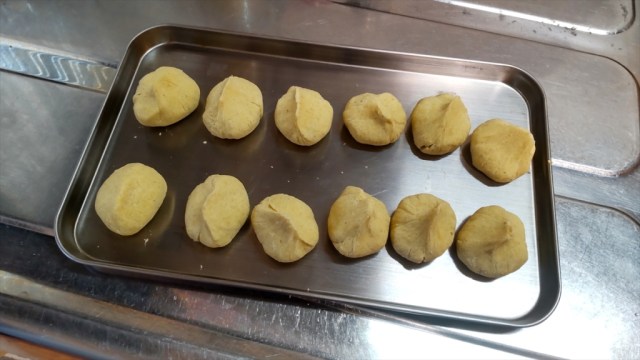
Haruka learned a very valuable lesson that day. Not only did she learn how to make her favorite autumn treat from scratch, but she also learned that these are worth well over 300 yen when you factor in the cost of labor. Haruka may not have spent any money making these, but she spent way more time than intended to make them. Time is money, quite literally.
▼ By the way, they were delicious.

Luckily, not all fall treats are as difficult to make! We recently learned that gyoza dumpling skins and jam make the perfect mini pie ingredients, and apple pie pairs well with an ice cream bar. But if you’re also a diehard chestnut fan, give kuri kinton a try. Just remember to prepare your arms for some serious training!
Photos ©SoraNews24
● Want to hear about SoraNews24’s latest articles as soon as they’re published? Follow us on Facebook and Twitter!
Credit:

0 comments: